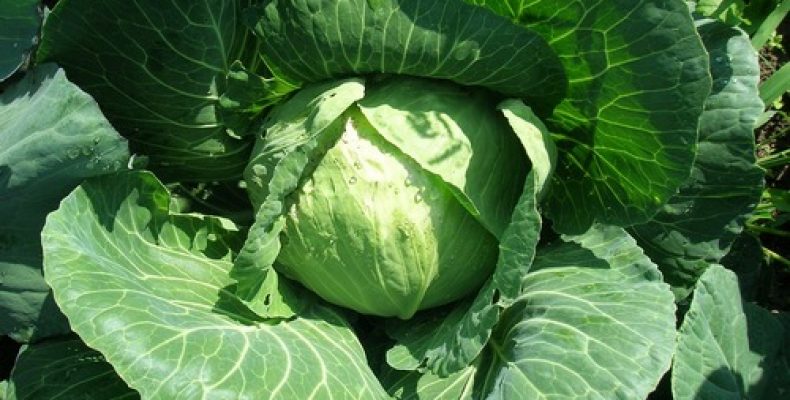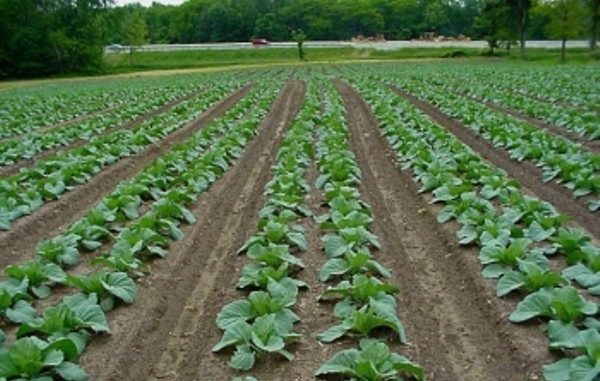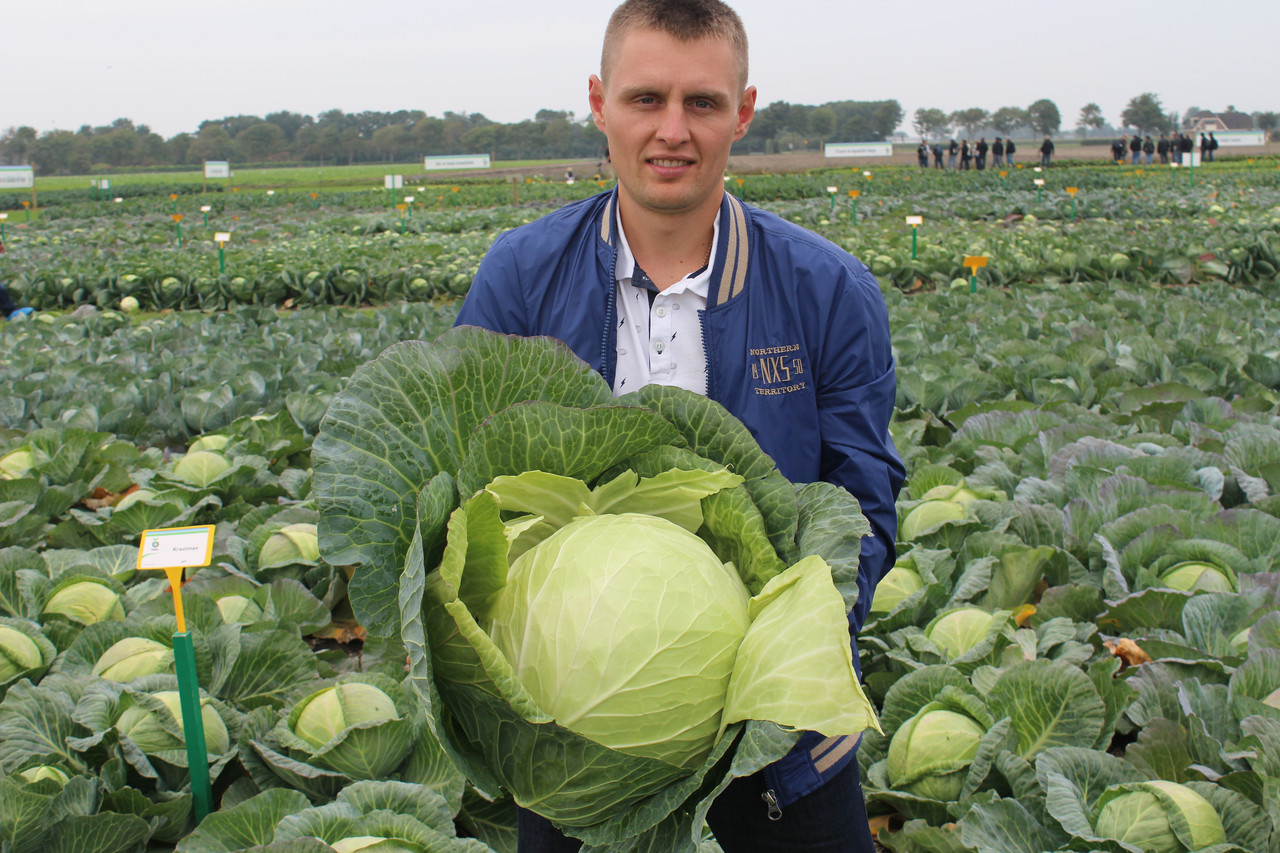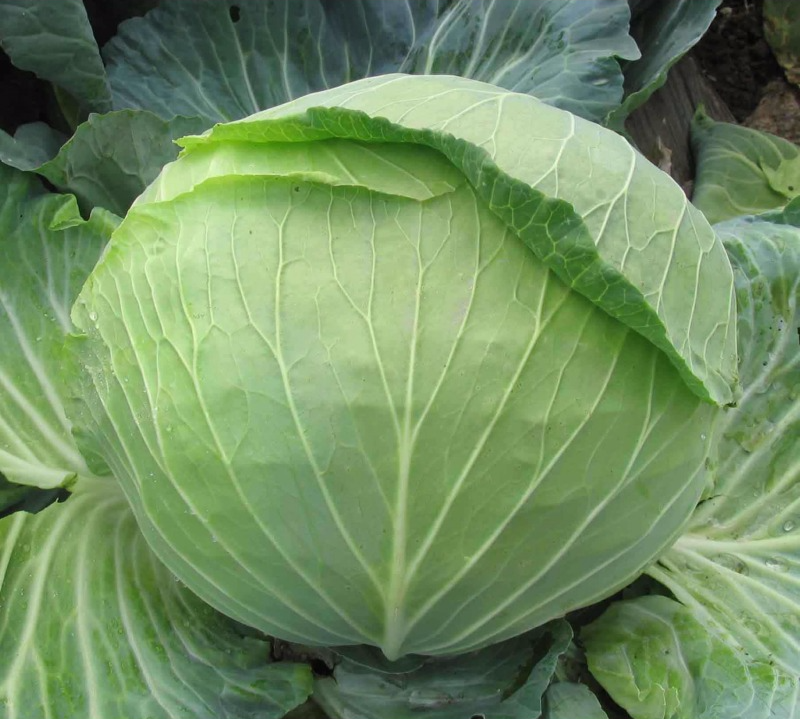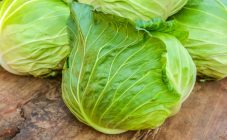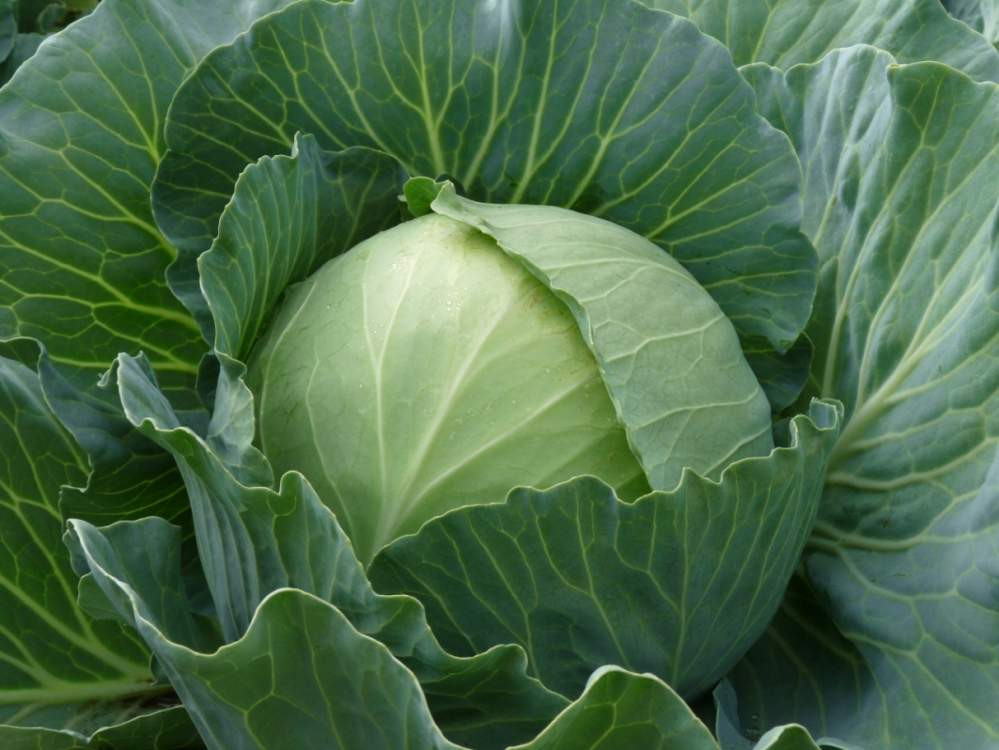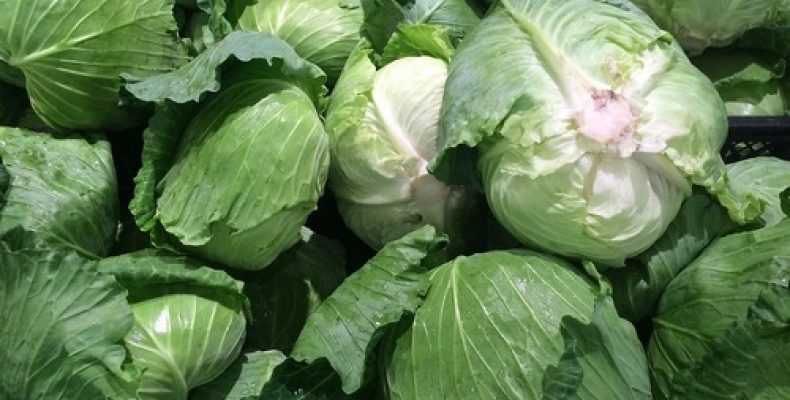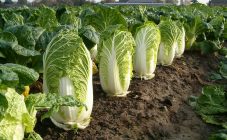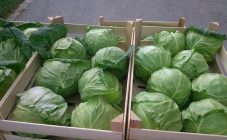Content:
In the cultivation of cabbage, like other crops, the choice of variety is of paramount importance. In this regard, it is recommended to cultivate the most successful and efficient varieties, including Krautman.
Brief description of the culture, history of the variety
Cabbage is a biennial agricultural plant of the Cruciferous family. It is characterized by a tall leafy stem. The fruit of the culture, the head of cabbage, is a significantly increased apical bud, which has not expanded.
Krautman (another erroneous version of the name - Kaufman cabbage) refers to the middle-late varieties of the Dutch selection. The originator is Bejo Zaden. The variety was released in 1993. In our country, it grows everywhere, up to Eastern Siberia and the Far East. It is zoned throughout the whole of Russia, with the exception of the Middle Volga, North Caucasus and Lower Volga regions. On the territory of the CIS, it is also common in Ukraine and Moldova.
Description of the Krautman cabbage variety
The leaf rosette is located compactly, slightly raised. The foliage is slightly wrinkled, small in size. The color is bright green. The leaves usually have a strong to medium waxy coating. The edges are smooth, smooth.
Krautman cabbage
The head of cabbage is dense, half-covered, rounded. Its dimensions are larger than average. The foliage inside the head is thin. The weight varies from 1.5 to 4 kg, in some cases it reaches 7 kg. The cut is bright white. The stump has almost no differences between the inner and outer sides, its length is average. The forks are aligned. The fruits are characterized by sweetness, juiciness and excellent taste, the foliage is crispy. The crop is stored for 4 months, without losing its marketability and taste.
100 g of the product contains the following content of nutrients:
- 7.4% soluble solids;
- 4.1% sugars;
- 46.2 mg of ascorbic acid.
From the moment of the formation of mass shoots and until reaching the varieties of technical ripeness, about 120-140 days pass. The variety belongs to the category of universal, suitable both for fresh consumption and for pickling and fermentation. Krautman is recommended for salads.
Growing seedlings
The variety is grown mainly by seedlings. Cultivation should start in the first decade of April. To do this, you must first prepare wooden boxes or other suitable containers, fill them with earth saturated with nutrients. Shallow grooves (no more than 1 cm) are cut along the surface of the soil and seeds are laid in them at a distance of about 3 cm from each other. The planting material is sprinkled with earth, tamped a little and spilled. The box is covered with polyethylene film and placed on the windowsill.
After 5-7 days, the first shoots usually appear above the soil surface. The entry of seedlings into the phase of two true leaves signals that the time has come for a pick. The procedure consists in transplanting seedlings from a box into separate containers.
Before transplanting plants into open ground, a hardening process must be carried out over them. For this purpose, containers with seedlings are taken out into the street for a while so that they get used to the sun and wind. At first, the seedlings are not kept indoors for a short time, gradually increasing it.
Landing in open ground
It is recommended to plant Kratuman seedlings in planting holes when it becomes strong enough and forms full foliage. Usually this period falls on the last week of May.
Seedlings are planted in open ground according to the 50x50 cm scheme. The soil on the plot should be loamy, saturated with nutrients and humus.
Water is poured into the dug planting holes. Then the plants are placed there, deepening them to the first leaf. The roots are straightened, the hole is covered with soil and, after a slight tamping, irrigate a little again. In the first days after transplanting, plants need to organize light shading, since at this time they are exposed to the negative effects of direct sunlight. At the same time, the site must be sufficiently illuminated, since without sunlight it will not be possible to get a full-fledged high-quality crop.
Plant care
Watering
According to the description of Kaufman cabbage, the first irrigation is carried out by diluting a small amount of potassium permanganate in water. Subsequently, one watering per week is sufficient for Krautman. On a square meter of planting varieties, 12 liters of settled warm water should be evenly poured. The procedure is carried out in the mornings and evenings, when the evaporation is not as strong as during the day. During the period of active head formation and after precipitation, watering for cabbage is of particular importance.
Top dressing
Krautman cabbage responds well to organic fertilization. So, three weeks after transplanting into open ground, the plants are treated with a solution of cow dung. 1 kg of mullein is bred in 10 liters of water. After two weeks, the procedure is repeated again.
Top dressing can be combined with the treatment of plants from pests and diseases. For this purpose, it is recommended to use wood ash, which will be used for dusting. 0.25 kg of substance must be consumed per square meter of area.
Once every three weeks, leaf feeding should be carried out. For this, 60 g of carbamide, 4 g of superphosphate and 1 g of ascorbic acid are diluted in a 10-liter container with water.
When feeding in the 2nd stage of the growing season, emphasis should be placed on the introduction of potassium and phosphorus. The nitrogen content should be reduced by 2 times in order to reduce the process of growing vegetative mass at the expense of the yield.
Loosening
This procedure is very important for the variety, as the formation of a crust on the soil surface can be detrimental to it. In this regard, it is recommended to loosen the soil after irrigation or heavy rainfall. This must be done carefully and shallowly so as not to injure the root system. Correctly performed procedure allows to saturate the roots with moisture and oxygen. Weeding is recommended at the same time as loosening. Weed removal should be carried out regularly, especially during the first growing phases of cabbage development.
After loosening, it is recommended to mulch the soil. Peat is a suitable material for this.
Plant protection
Despite a certain degree of resistance of the variety to diseases, during the cultivation period it can be affected by various ailments, as well as pests. The most dangerous of them are the following:
- Keela. It manifests itself in the form of yellowing and wilting of foliage, in which plants stop growing. The introduction of wood ash into the soil helps prevent the onset and development of the disease.
- Blackleg.The damaged area of the bush takes on a characteristic dark shade, becomes thin and soon decays. Affected seedlings are easily removed from the soil. All diseased plants should be removed from the site as soon as possible, preventing further spread of the pathogen. After that, it is recommended to spray the soil with 1% Bordeaux liquid, as well as 5 g of copper sulfate, diluted in 10 liters of water.
- Cabbage fly. Plants, due to the negative impact of this pest, dramatically slow down growth, foliage slows down growth and takes on a violet-lilac color. In addition to treatment with appropriate insecticides, spraying cabbage with burdock infusion is effective. Insect larvae should be collected by hand.
- Cruciferous flea. Small black pests form many through holes on the surface of the leaf blades, which can provoke the death of the plant. The most effective is the chemical method of plant protection, in addition to which infusions of tobacco, chamomile or garlic can serve.
- Cabbage White. The insect gnaws at the leaves thoroughly, damaging even the inside of the head. Pest larvae are usually removed by hand. A reliable prevention against the disease is planting garlic, tomato or dill next to Krautman.
Advantages and disadvantages
The Krautman cabbage variety is highly regarded for its positive properties:
- high yield (about 9 kg / m2 or 300-900 c / ha);
- resistance to cracking and decay, the ability to transport over long distances;
- amicable ripening of the crop;
- high level of variety adaptability;
- long standing storage;
- winning presentation;
- relative resistance to fungal diseases.
The Krautman white cabbage variety is very promising in various conditions. Subject to standard agrotechnical conditions, it is able to form a high and high-quality crop.
